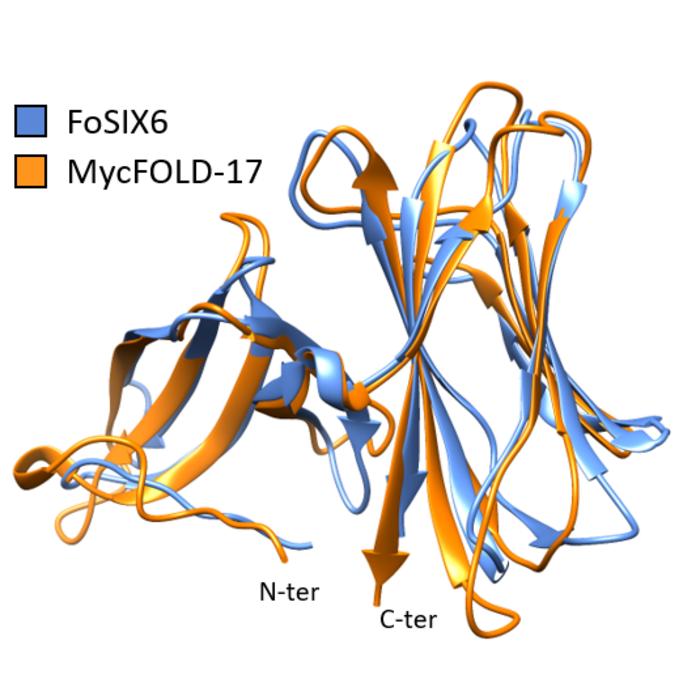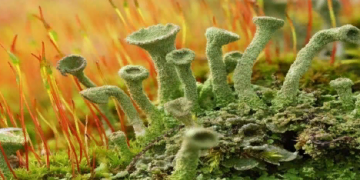#FungalManipulation #PlantFungiInteraction #SymbioticFungi #PathogenicFungi #ProteinStructures #AMFungi #EffectorProteins #PlantHealth #Agriculture #AlphaFold2 #PlantMicrobeInteractions #GatsbyCharitableFoundation #SLCU
Scientists at the Sainsbury Laboratory Cambridge University (SLCU) have made a groundbreaking discovery, revealing that symbiotic and pathogenic fungi, despite being distantly related, employ a similar group of proteins to manipulate and inhabit plants. This research, which compared secreted proteins from these fungi using advanced AI technology, sheds light on the mechanisms underlying plant-fungi interactions. The findings have significant implications for agriculture and natural ecosystems, as understanding these molecular tools could enhance potentially beneficial plant-fungi relationships while also posing risks of increased susceptibility to pathogens.

Sebastian Schornack and his research team at SLCU are dedicated to identifying and characterizing new arbuscular mycorrhiza (AM) effectors, which are proteins secreted by symbiotic fungi to facilitate their colonization of plant roots. In their quest to unravel the strategies employed by pathogenic and symbiotic fungi, the team utilized the AlphaFold2 AI computer program, a powerful tool for predicting protein structures. This enabled them to compare the secreted proteins of symbiotic and pathogenic fungi, ultimately leading to the discovery of a structurally similar group of proteins encoded in the genomes of both types of fungi.
The study’s findings have far-reaching implications for plant health and agriculture. Symbiotic fungi, such as AM fungi, play a crucial role in nutrient uptake, plant growth promotion, and defense against pathogens. On the other hand, pathogenic fungi, like Fusarium oxysporum, are destructive pathogens that threaten important crops like bananas and oil palms. The identification of shared proteins, known as Fusarium oxysporum lycopersici dual-domain proteins (FOLDs), suggests that these proteins contribute to the ability of both symbiotic and pathogenic fungi to inhabit plants successfully.
Dr. Schornack emphasizes that while enhancing AM relationships in crops may benefit plant growth, it could also increase their vulnerability to pathogens. This discovery raises questions about the presence and function of these proteins in symbiotic fungi and the potential implications for plant-microbe interactions.
Understanding the diversity and similarity of effectors used by both symbionts and pathogens is crucial for unraveling the intricacies of plant-microbe interactions. Although effector proteins in plant-pathogen relationships are relatively well-studied, our knowledge of plant-symbiont interactions, such as those involving AM fungi, is limited. Uncovering the various effectors involved in the plant-symbiont relationship is a key focus of the Schornack Team’s research ongoing.
This groundbreaking research was made possible through funding from the Gatsby Charitable Foundation, the Royal Society, and the European Research Council.
































